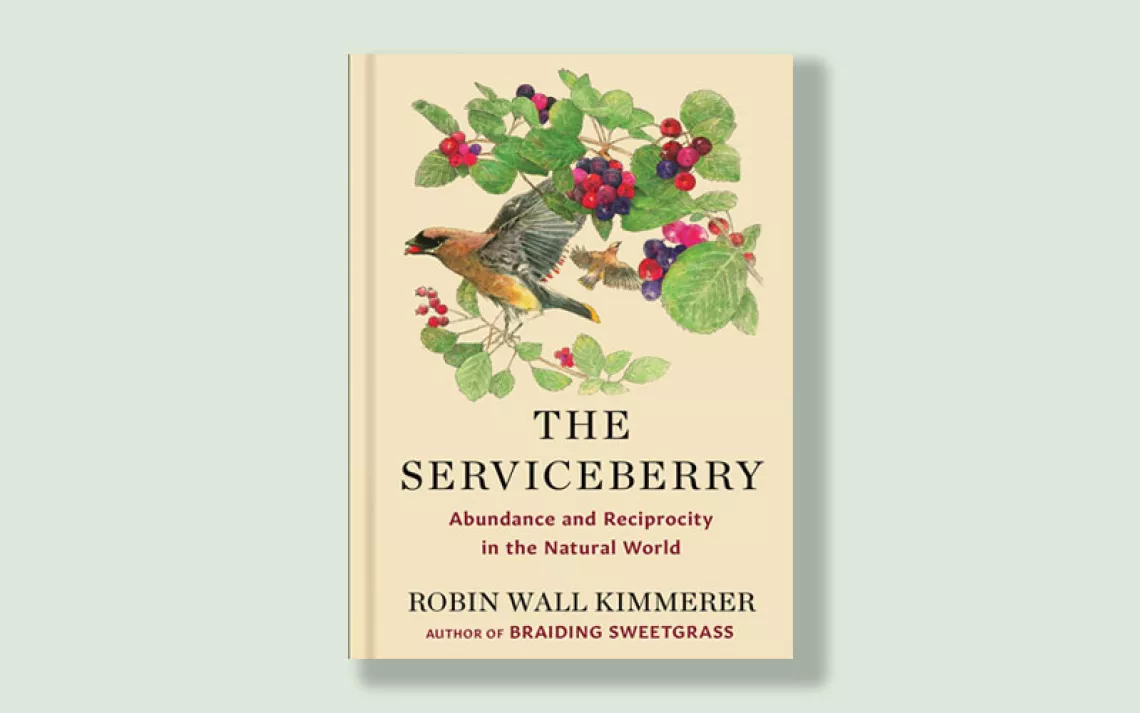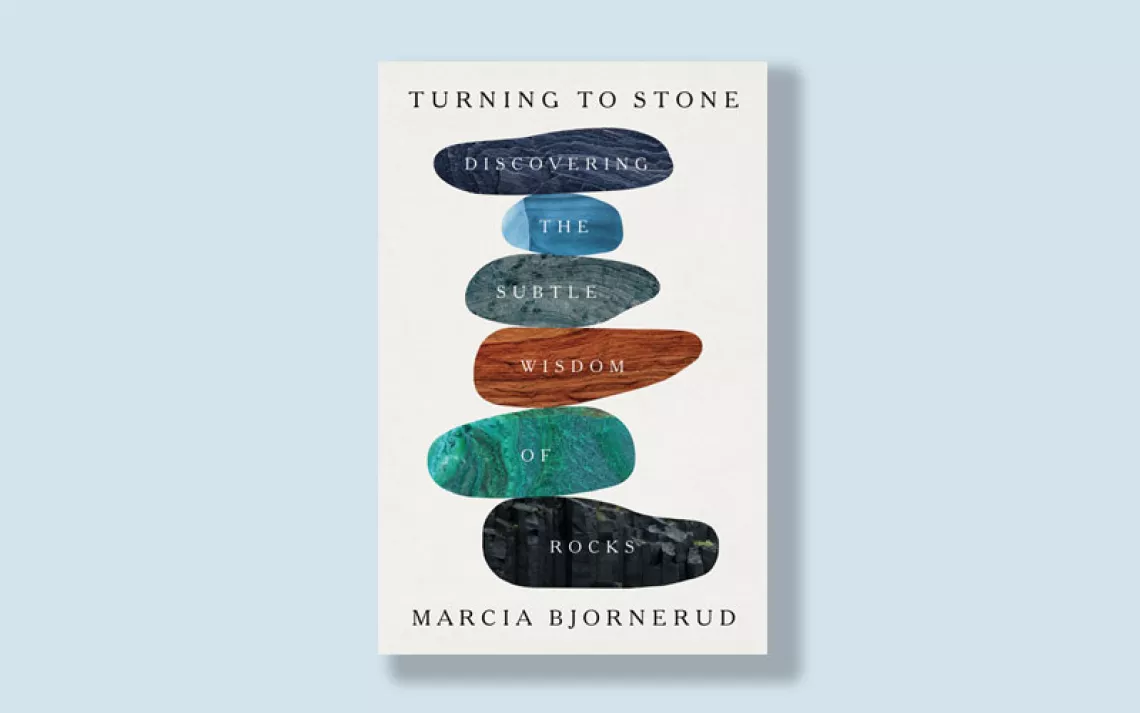From Suburbia to the Wild and Everything in Between
A writer searches for meaning in a shifting American landscape

Counterpoint, 2019
What do Mississippi antebellum mansions, New Mexico's White Sands Missile Range, and Brooklyn's Bergen Street have in common? They are some of the many places that have been shaped by, and in turn have helped shape, the American consciousness. "Landscape differs from region to region," Suzannah Lessard writes in The Absent Hand: Reimagining Our American Landscape (Counterpoint, 2019), "but all our landscapes incorporate these shifting layers of meaning, these resonances, some purely personal, sometimes strangely close to the hidden springs of personhood."

Sign up to receive Sierra News & Views
Get articles like this one sent directly to your inbox weekly.
With this action you affirm you want to receive Sierra Club communications and may vote on policy designated by the Sierra Club Board.
In a series of finely tuned essays that track the author's journey from the Hudson Valley into the Midwest and the South, Lessard explores the relationship between humanity and place that once defined us but, she argues, doesn't any longer. "Having no common interpretation of our surroundings," she writes, "we are, to a degree, lacking in any common interior life with which to orient one another. In a way we are lost." A rusting cotton mill in Rensselaerville, New York, becomes an opening onto a world where human meaning was once grounded in labor and community, but it languishes now as a fossil. At a Sheraton in Maryland, a picture on the wall "of nature on steroids" represents sterile eco-celebration in a corporate and digital age.
Lessard yearns for the authentic human experience that arose from the construction of landscapes formed by human endeavor. "Landscape is what arises from the hand of work as we make our living on the planet and our relation to one another as we do so," she writes, calling landscapes "a work for art." It is no coincidence, she contends, that there's this absence of work at a time when we're witnessing the destructive consequences of living in disequilibrium with our planet.
This article appeared in the March/April 2019 edition with the headline "Out of Place."
 The Magazine of The Sierra Club
The Magazine of The Sierra Club



